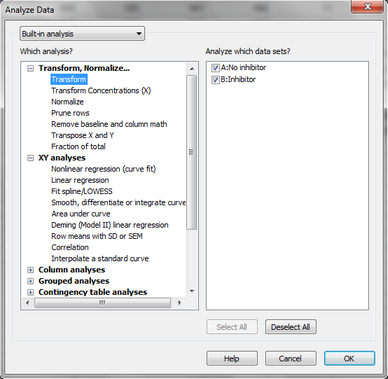

The results showed involvement of protein redox modifications in BvM14 salt stress response and revealed the short-term salt responsive mechanisms. (The proteomics data generated in this study have been submitted to the ProteomeXchange and can be accessed via username: password: q9YNM1Pe and proteomeXchange# PXD027550.) Conclusions


Transcription levels of eighteen differential proteins and redox proteins were profiled. In addition, three redox proteins involved in regulation of ROS homeostasis were also changed in redox states. For example, ribulose bisphosphate carboxylase/oxygenase activase changed in its redox state after salt treatments. A large proportion of the redox proteins were involved in photosynthesis, ROS homeostasis and other pathways. Interestingly, A total of 48 redoxed peptides were identified for 42 potential redox-regulated proteins showed differential redox change under salt stress. A total of 80 proteins were differentially expressed under salt stress. In this work, the changes in the BvM14 proteome and redox proteome induced by salt stress were analyzed using a multiplex iodoTMTRAQ double labeling quantitative proteomics approach. Sugar beet monosomic addition line M14 exhibits tolerance to salt stress. Studying the molecular mechanisms of salt stress tolerance may help to enhance crop productivity. Salt stress is a major abiotic stress that limits plant growth, development and productivity.


 0 kommentar(er)
0 kommentar(er)
